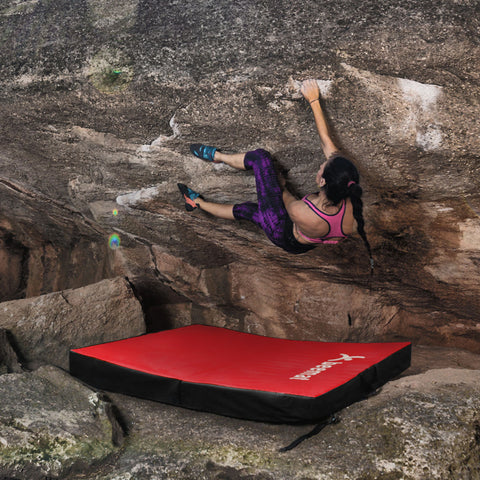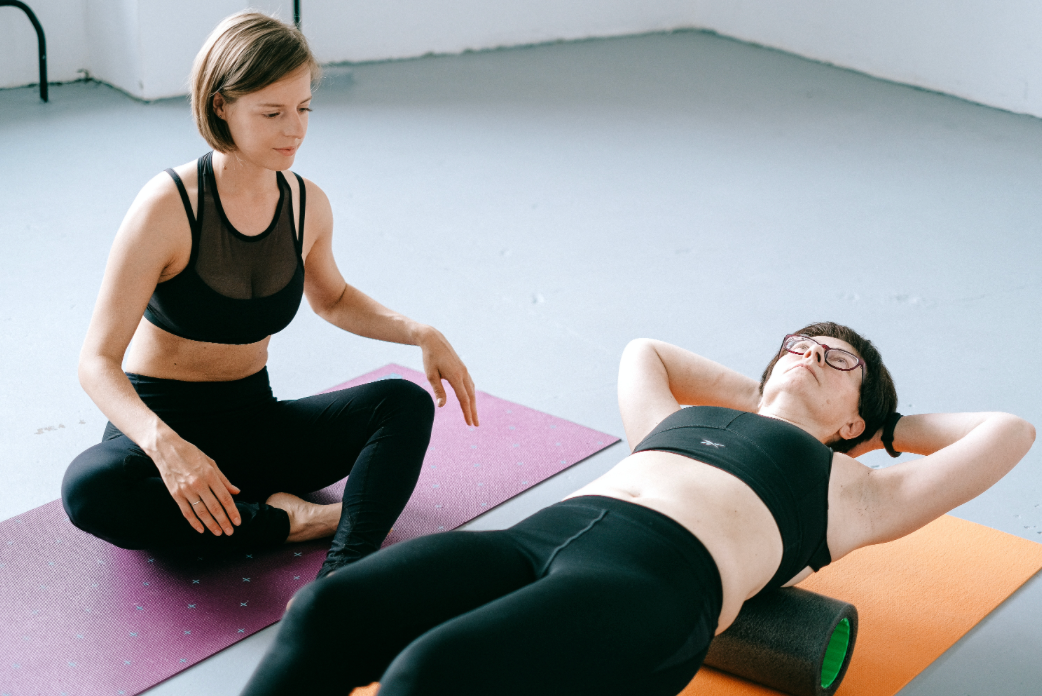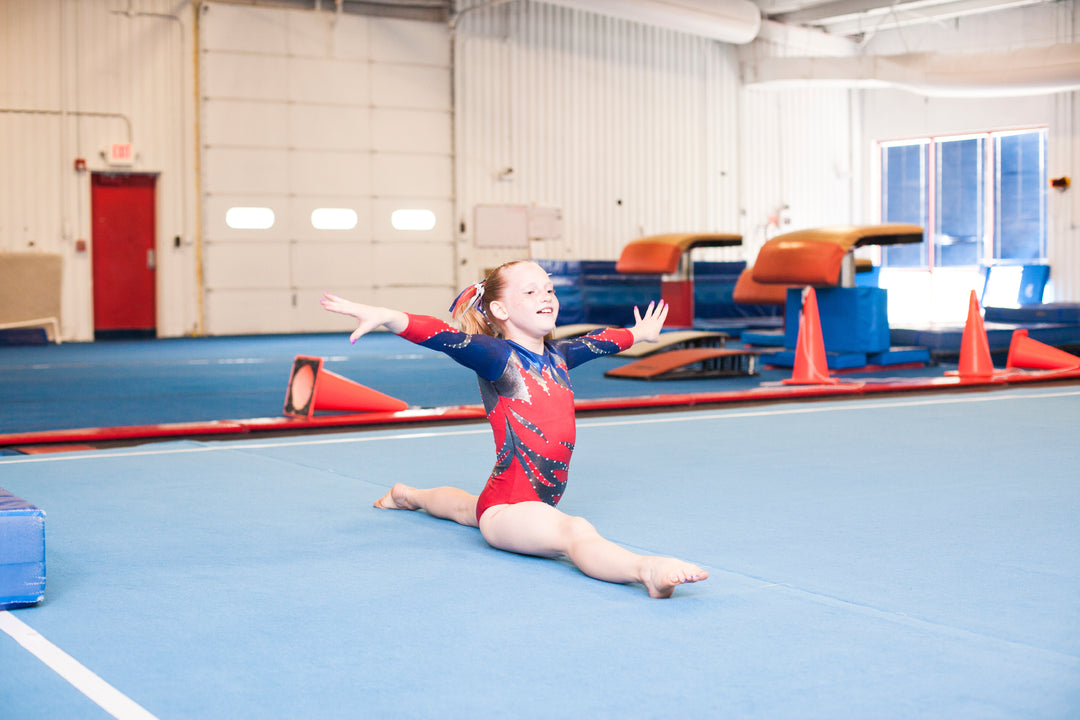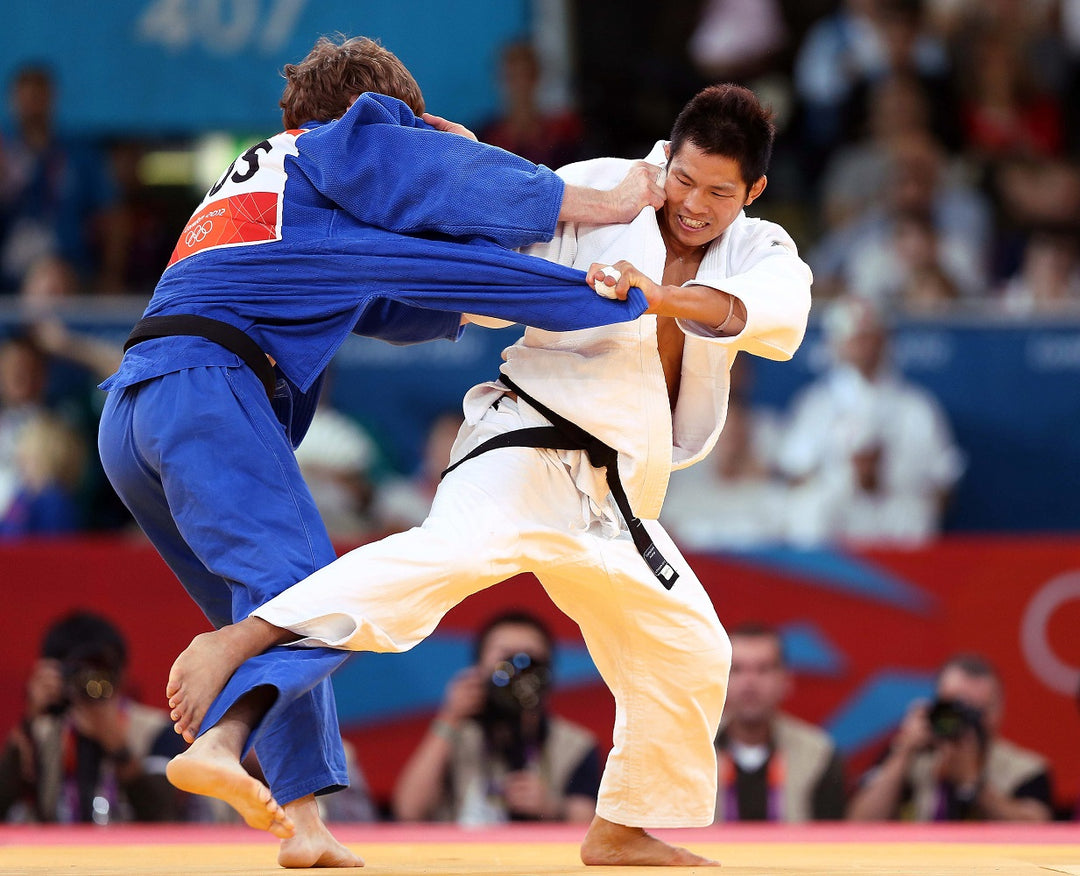Artistic Gymnastics
Artistic gymnastics is a traditional sport that's featured in the Olympic Games since Athens 1896. Below, Beemat takes a look at the history of Artistic Gymnastics and its role in this year's Rio Olympic Games 2016.

What is Artistic Gymnastics?
Artistic Gymnastics is a sport whereby athletes perform short routines (ranging from 30 to 90 seconds) on different apparatus in individual and team events. Team events are displayed in groups of eight for men and six for women. Athletes combine strength, balance, flexibility and grace to perform routines on apparatus such as vaults, bars and beams combined with spectacular floor routines.
Why should I watch it?
The gymnastics on display at this year's Olympic Games will leave you reassessing what you thought the human body was capable of. Performances of strength and acrobatic skill featuring incredible flips and somersaults are expected across a full week of events, designed to wow the audience.
The history of artistic gymnastics
In the early 1800s, pioneers such as German Friedrich Ludwig Jahn were one of the first to create a set of rules relating to group based exercise, and by the mid 1800s, various countries had formed their own national gymnastics federations - Switzerland was the first in 1832, with Germany, Belgium, Poland, Italy and France all following suite, but it wasn't until 1880, amidst the Industrial Revolution, that Great Britain formed its concept of group gymnastics to release the working class from the stress of the production lines.
In 1881, Nicolas J. Cuperus wrote the first few pages in the history of the FIG, focussing on gymnastics that was recreational, instructional and accessible to all. In 1903, the first ever gymnastics World Championships took place in Cuperus' home town of Antwerp, and were a strictly men-only event due to the influence of the FIG, which proved extremely conservative in its initial stages. It wasn't until 1934 that women were able to participate in the competitions, with females being invited to the Olympic games for the first time in 1928.
Following the addition of women to the sport, the disciplines of artistic gymnastics became more structured, and 1932 saw the first meeting of the International Technical Committee, which later became the Technical Assembly in 1949. The first Code of Points was written in 1949 and was 12 pages long - the modern equivalent is now 164 pages!
Despite the sport being originally intended for floor exercise, new pieces of gym equipment gradually began to be introduced such as the pommel horse, the horizontal bar, the parrallel bars and the rings. By 1952, at the Olympic Games in Helsinki, artistic gymnastics had formed the format we know today, comprising six pieces of apparatus for the men and four for the women.
Since then, there has been no other modifications to the format, aside from the new vaulting table replacing the old vaulting horse at the 2001 World Championships in Ghent.
The Olympic Games and Artistic Gymnastics

In 1936, the Olympic Games marked a turning point in the development of artistic gymnastics. The sport abandoned the focus on physical prowess and synchronised group routines in favour of giving individual gymnasts centre stage, letting gymnasts Alfred Schwarzmann from Germany, and Eugen Mack from Switzerland steal the show.
The 1952 Olympic Games in Helsinki signified a revolution in gymnastic when the USSR unveiled their "scientific" school of gymnastics that saw athetes, Viktor Chukarin, Hrant Shahinyan and Larisa Latynina stun the world. Further athletes to achieve a perfect 10 in previous Olympic competitions include Nadia Comaneci from Romania, Nellie Kim and Alexander Dityatin, both from Slovenia who thrilled audiences around the world during the 1970s.
Artistic gymnastics has firmly established itself on the international sporting map, so much so that at the 2012 Olympic Games in London, the sport was the second most watched event, and we anticipate the sport to be just as popular this summer in Rio.







